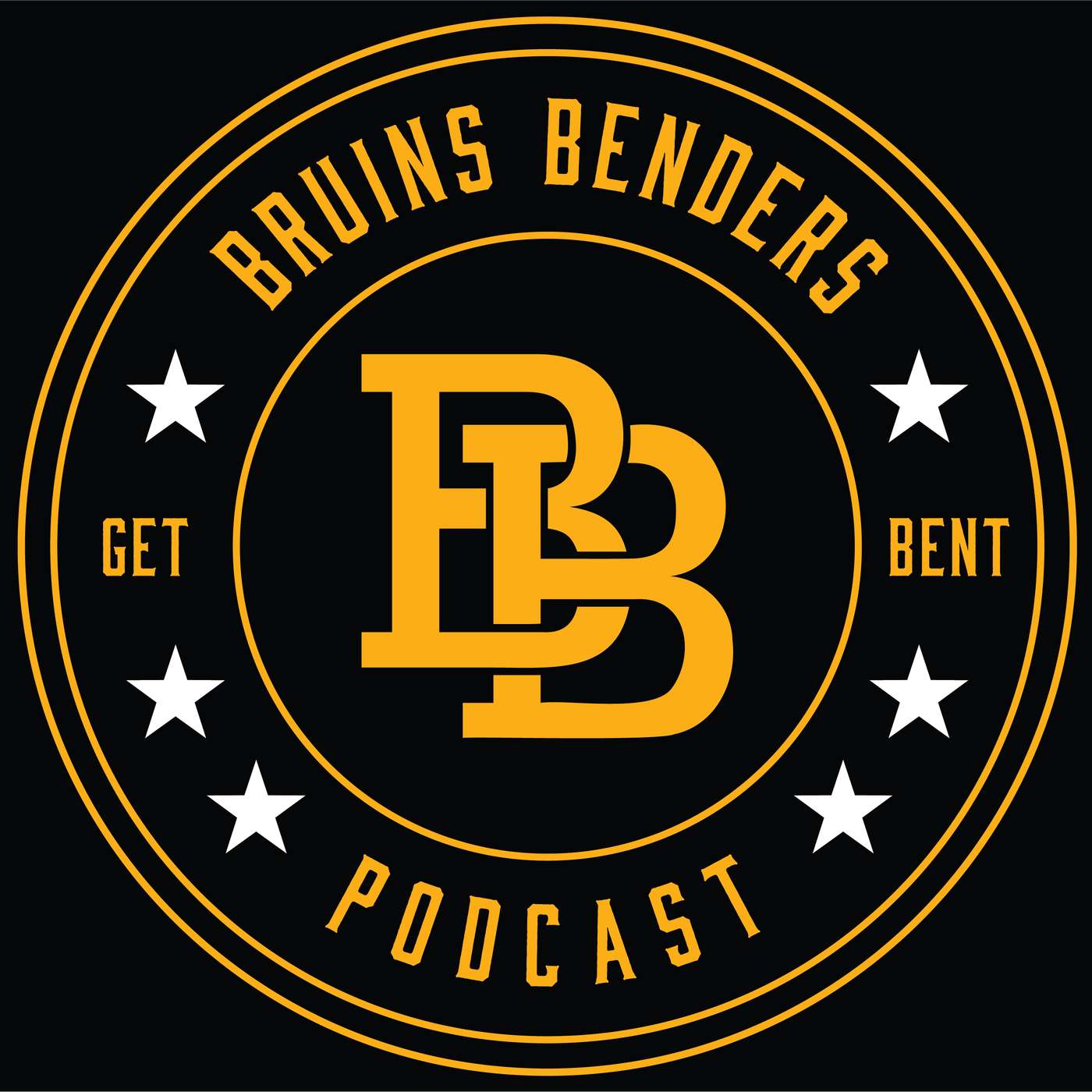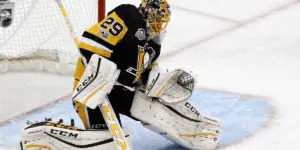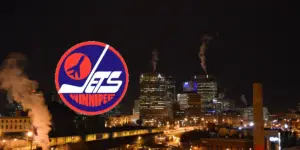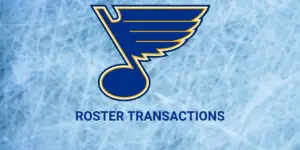
Don Sweeney is a calculated General Manager who prefers to do the bulk of his work in advance of the NHL’s trade deadline, and it’s often worth the wait. Last year’s deals to land Tyler Bertuzzi and Dmitry Orlov were like watching his magnum opus unravel in real-time, and that’s without acknowledging the acquisitions of Hampus Lindholm and Taylor Hall in consecutive seasons.
What’s more impressive is how major impacts haven’t always come star-studded; for example, Charlie Coyle and Marcus Johansson were linchpins in their run to the Stanley Cup Finals in 2019. In terms of the former, that’s value, a career-high in points this season, four years later.
In essence, Sweeney has masterfully kept a keen finger on the pulse of his teams, adding where necessity calls and passing where it hasn’t.
So, it was within reason to believe that another huge swing was just out of sight. But when the dust settled on the 2024 trade deadline, you were left arm extended but empty-handed.
Related Post: Columbus Blue Jackets Trade Andrew Peeke To Boston Bruins
Obviously, there was some traction- notably in the form of rugged blueliner Andrew Peeke. But when the deal began to take shape, it became more and more apparent that not only was Derek Forbort’s time in Boston over but boy, did Don show his hand early. Now, in fairness, it’s actually an on-the-nose Sweeney trade. Securing an NHL-ready defenseman with term outside of this playoff run is quintessentially him, even more so if it comes at the behest of the troubled Jakub Zboril. However, sending a third-round pick, granted in 2027, without salary retention in return was far from market value.
In a utilitarian sense Andrew Peeke is an understandable addition. The Bruins have been burned by a lack of springtime defensive depth in the past. Peeke addresses that concern.
But things got confusing a few hours prior to Peeke’s acquisition when Pat Maroon became a Bruin.
To preface I don’t dislike the Pat Maroon trade, in fact I believe Pat Maroon is an incredibly effective player in terms of his skillset. According to a recent scouting report from CapFriendly, “(his) best work comes from the hash marks down in the offensive zone and working off the cycle.” After all, production, especially in the playoffs, is what every General Manager seeks, and if you can get that for a 6th round pick and a depth AHL player, why not, right?
However, to question whether expecting production and, more importantly, predicting where on earth a 35-year-old currently recovering from back surgery fits into the lineup is fair. Referencing the same scouting report as before, “pace is barely adequate for speed of NHL game. Tracking back / late offensive zone exits can be a challenge.”
Prior to going under the knife on February 7th as a member of the Minnesota Wild, Maroon was well on his way to matching his point production from last season, with a far less talented supporting cast than in Tampa Bay. This came despite starting his shifts in the defensive zone 56% of the time compared to 49.2% last season, according to HockeyReference.com.
Tracing the root of this deal to its source isn’t difficult. Boston ran into an uncharacteristically physical game against a division rival and potential first-round opponent, the Toronto Maple Leafs, just a day before the Trade Deadline. Maroon, who was a month into his 4-6 week expected recovery period, was a low-hanging fruit for Sweeney to nab. He spoke following the acquisition “we know when he plays his best hockey… and the pedigree that he has, and what he brings to the table I think was important to us on and off the ice .”
Maroon took the ice for the first time post-surgery on March 21st, nearly one month prior to the start of the playoffs. Head coach Jim Montgomery gave a brief update following his skate “still week to week, and we’ve talked about his role and what my expectations are.” Which begs the question. Unlike Peeke’s situation, where he effectively replaces Forbort, where exactly can fans expect to see Maroon once he’s recovered?
There is no obvious answer.
Of late, the fourth line of John Beecher-Jesper Boqvist-Justin Brazeau have gelled together nicely, eliminating one potential landing spot. Jakub Lauko was elevated to third-line duty alongside Morgan Geekie and Trent Frederic as James van Riemsdyk recovers from illness. So there goes another. Concerns with Maroon’s pace likely eliminate him from top-six duty, which means someone is coming out in order to see where Maroon can fit.
Which isn’t necessarily a bad thing. As referenced, Maroon is one of the best in the game in terms of utilizing his frame and quick hands to extend plays once the puck is in the offensive zone. Something the Bruins failed to match last postseason against the Florida Panthers.
But whether Beecher, Boqvist, Brazeau, Geekie, or Frederic is selected to take a seat in favor of Maroon, it’s debatable whether your roster actually improves. With just ten games remaining until an inevitable clash with either Toronto or Florida, there isn’t much time to play with your lineup. The concern isn’t necessarily whether Maroon can make an impact but in what capacity.

Season 4. Episode 42. New and Improved Sway. – Bruins Benders Podcast
Discover more from Inside The Rink
Subscribe to get the latest posts sent to your email.



